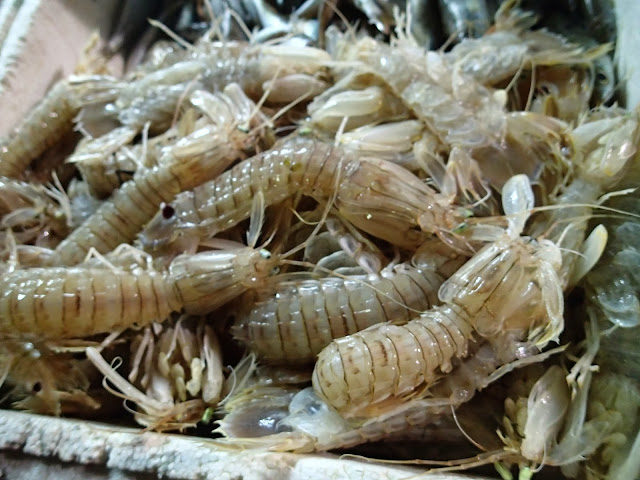Early October 2013
With Ioannis Karaouzas our HCMR waters team visited this artificial pond, unknown to me. Lake Beletsi is situated on a plateau at about 600 m. elevation on the eastern flanks of Mount Parnitha at an area of holiday-home developments called Ippokrateios Politeia. It is said to have been created in 1972-75 as a reservoir. The size of this huge pond is 105 m by 130 m (7000 sq. meter area approximately). It is large by pond standards, and should be properly called a small artificial lake since it is also quite deep. It is said to be 9 m deep at some pointy by the WIKIPEDIA account (el.wikipedia.org/wiki/Λίμνη_Μπελέτσι) but a diver fb friend of mine documented only 5.3 m depth a few year back - sound about right!
What about biodiversity?
Surprise! We found three species of fish here. We collected two native endemics of the Western Aegean Ecoregion. The Greek Barbel Luciobarbus graecus and the Greek Rudd Scardinius graecus. Now this is big news since both are rare endemics, and the Greek Rudd is actually Critically Endangered (http://www.iucnredlist.org/details/19947/0). In the photos below the white-shiny-fishes with a slightly upturned snout are the Greek Rudd. Both fishes exist in Lakes Yliki and Paralimni about 60 north within the isolated river basin of the Beotian Kifissos. Rudds are predators, they probably feed on the mosquito fish in the lake - there were a few, but not in dense concentrations. We also found large mussels here. I think they are also from Lake Yliki.
So, in short, the lake does have something interesting - and an interesting philosophical question relating to the transplanting of native rare endemic species. Needs another visit!
(Minor note: The last photo shows a group of beautiful young Luciobarbus graecus with Mosquito Fish and a funny looking dark thing protruding on the bottome Left part of the photo. It is an Eel (Anguilla anguilla). I collected this specimen elsewhere (Kato Almiri Lagoon two years and kept it in my personal aquarium). So just for the record - this Eel is NOT from Lake Beletsi and I highly doubt Eels exist in Lake Beletsi (contrary to what the Wiki article says). Also it is more than obvious that all fish found in the lake have been introduced by humans. The quesiton is - how bad is this?






































